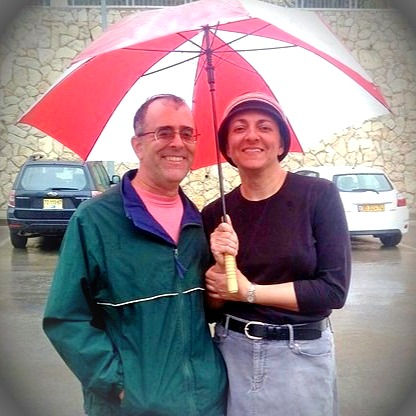WEATHER: Under Pressure To Make It Rain
- Dr. Barry Lynn
- Nov 12, 2019
- 3 min read

Illustration: Snails (Image Credit: Dr. Barry Lynn © 2019)
I am sure that many of you are asking: "Will it ever rain?" I see a few folks wearing boots, regardless of the heat, but others are enjoying the no-jacket weather during the day and no need for an air conditioner at night.
Ever since I went over to the dark-side of the weather — and took it upon myself the responsibility to decide when it will and won't rain, I seem to be getting into more and more trouble. You see, the farmers want rain, and folks are itching for a change, but my wife doesn't like winter. Really, I don't think that people really appreciate the pressure I am under, but one iron-rule of marriage is don't upset the wife. So, I've had to be extra sensitive about turning fall into winter. Or, maybe that's summer into fall. I really don't know — I just know that I'm not sleeping late enough since the clocks changed.
With all this going on, someone this morning slipped me a note with a drawing of an arrow on it, pointing to a rain cloud, and a date: November 21st. Then, he says something like: "You've got to break a few eggs to make an omelette," and I'm wondering if he's speaking about my barometer or my bones.
Needless to say, I was a bit disturbed by this incident (and it happened at the Synagogue, too!).
So, I told my wife that I can only keep this guy off of me until about late Thursday, but then I've got to do my job, switch the winds from southeasterly to northwesterly, bring in some humidity, bring some showers, and then really open the faucet by late next week. "Or what?" she asked. "That's what I'm worried about," I told her.
Just to make his point, I found the pile of snails in the accompanying photo feasting on a plate of lettuce and other tasty vegetables in my front garden. I don't know if you know, but where I come from these are slugs — only these are all dressed up. And what's another name for slugs — bullets. You get my point.
While I'm on the subject, I might mention that snails are perfect for kids who'd rather take care of a pet than hug it. I was left wondering, though, how these snails all ended up at — and on —the plate at the same time. I just don't think it can happen naturally (which does indeed make me worry — more).
Snails move at a top speed of one meter per hour, and I find it very hard to believe that these snails were just waiting for that plate of vegetables to appear in our garden. The only thing I can think of is that their antennae eyes also serve as radio-transmitters, and they must have a few lookouts ready to spread the word. From there, it's just a slimy slide away down the spider silk-line to dinner.
I really hope that they won't mind the rain.

Dr. Lynn is a lecturer at The Hebrew University of Jerusalem, Earth Sciences Department. He is also CEO of Weather It Is, LTD, a company that specializes in reducing weather risk. Click here to read more of this writer’s work in The Jerusalem Herald.



































Comments